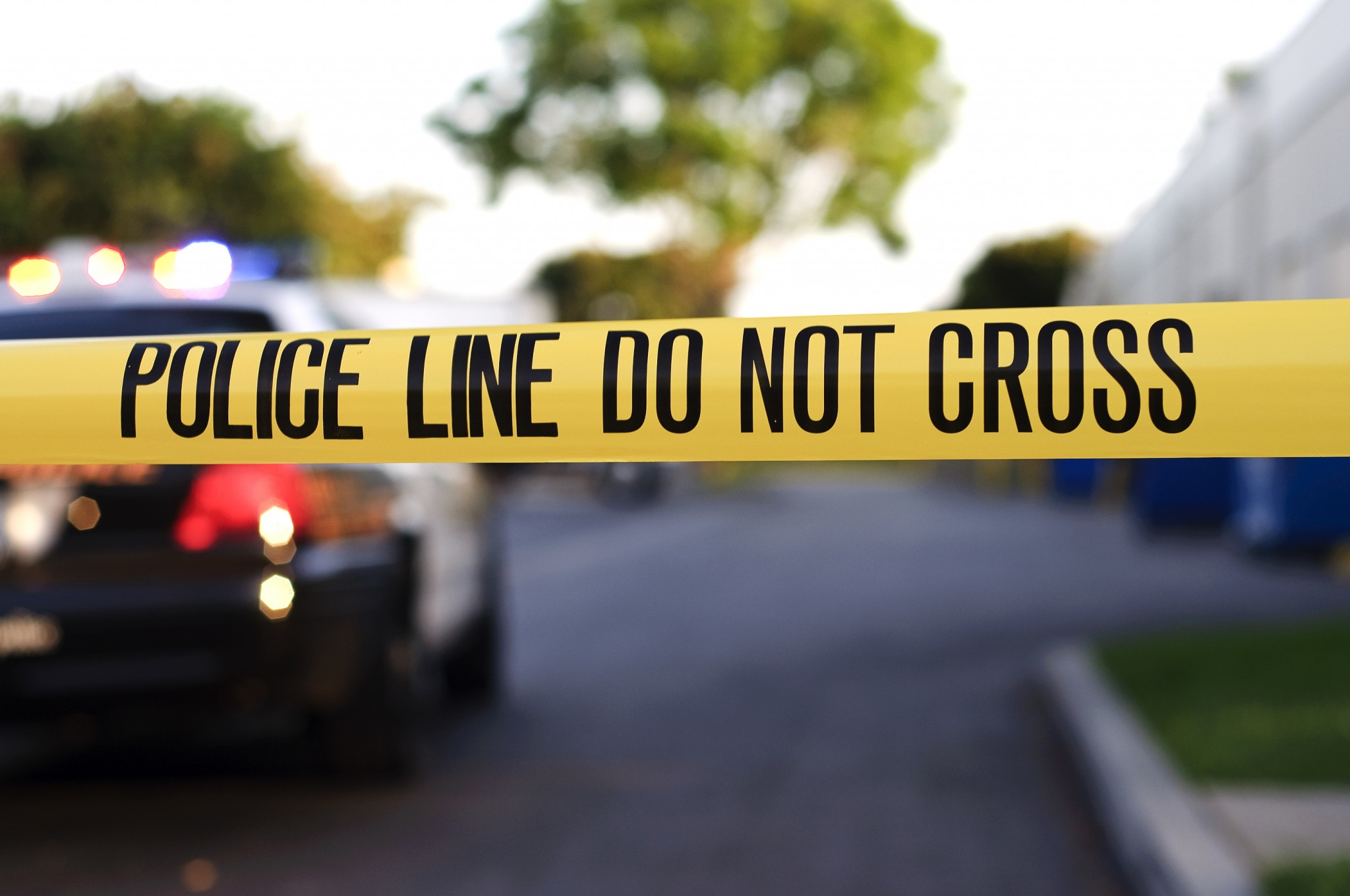In late 2014, the FBI released a study of all active shooter events that occurred in the United States between the years 2000 and 2013. The study confirmed an alarming, yet clearly noticeable, trend—incidences of active shooter events are on the rise. Based upon the FBI’s reported definition (“an individual actively engaged in killing or attempting to kill people in a confined and populated area”), 160 active shooter events occurred over the 14 years studied. Perhaps even more disconcerting than the total number of events is the rate of increase in events over time. The number of incidents that took place between 2000 and 2006 more than doubles, jumping from 45 to 115 between 2007 and 2013.
Given that the growth in frequency of these events does not seem to be slowing, we can assume that active shooter events are something we need to be prepared for in our everyday lives. In an effort to develop a widespread active shooter response strategy, the National Fire Protection Association (NFPA) and ASIS International, a leading organization for security professionals worldwide, combined efforts late last month and assembled a group of more than 100 experts in the security, fire, law enforcement, EMS, life safety, professional associations and government fields. Their goal was to begin the development of scalable strategies for protecting people and assets in active shooter events.
Paul Rothman, Editor-in-Chief of Security Dealer & Integrator magazine, recently provided in-depth coverage of the meeting on SecurityInfoWatch. The full article, NFPA and ASIS hold Active Shooter response strategy meeting, which can be read in its entirety here, details the discussions and observations of meeting attendees, as well some intended next steps.
A key idea in the article was that effective active shooter response must overcome concerns about price and drive home the importance of life-safety awareness. “A potential approach to try is to make the policy maker aware that it is the right thing to do,” even if it isn’t “the most cost-effective thing to do,” NFPA Division Manager, Public Fire Protection Ken Willette said in the article.
Such a massive level of collaboration between so many organizations to address one of the public’s top safety concerns is definitely a good step in the right direction. However, with the clearly documented growth of active shooter events continuing unabated, measures to prepare for a potential incident need to begin closer to home. Well before widespread guidelines can be put in place, businesses, organizations, institutions need to start to plan, prepare and mitigate now.
Please remember the best way to keep employees, students, patrons and visitors safe in any establishment is by having a fully developed emergency protocol and emergency notification system in place. You can read more about the importance of having a practiced emergency response protocol in place here and about the importance of having an emergency notification system here. The FBI’s study of active shooter events between 2000 and 2013 can be read in full here.



Leave A Comment